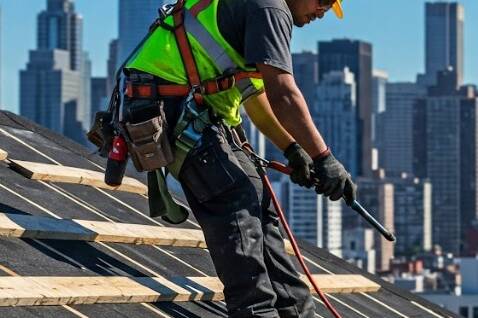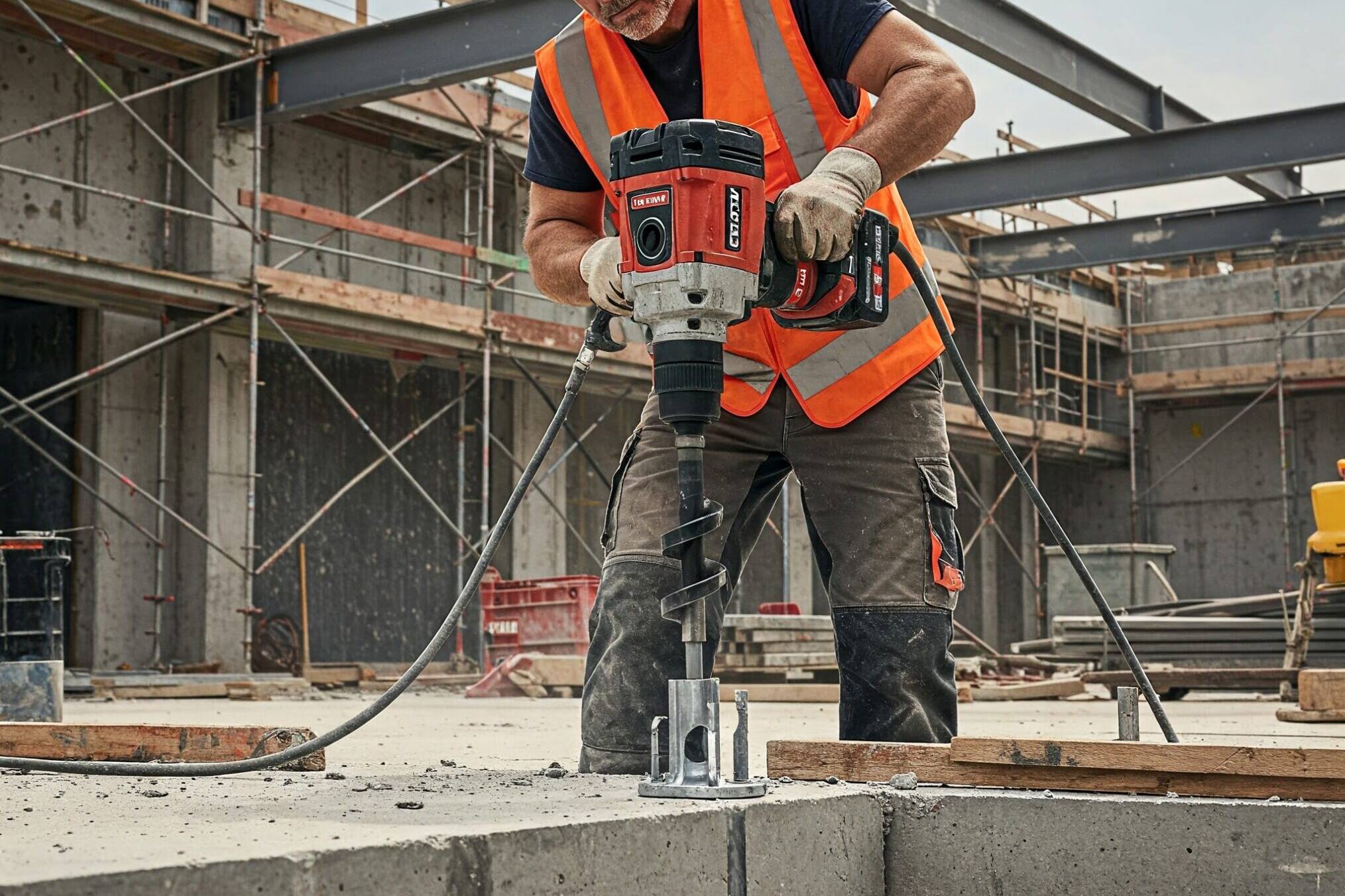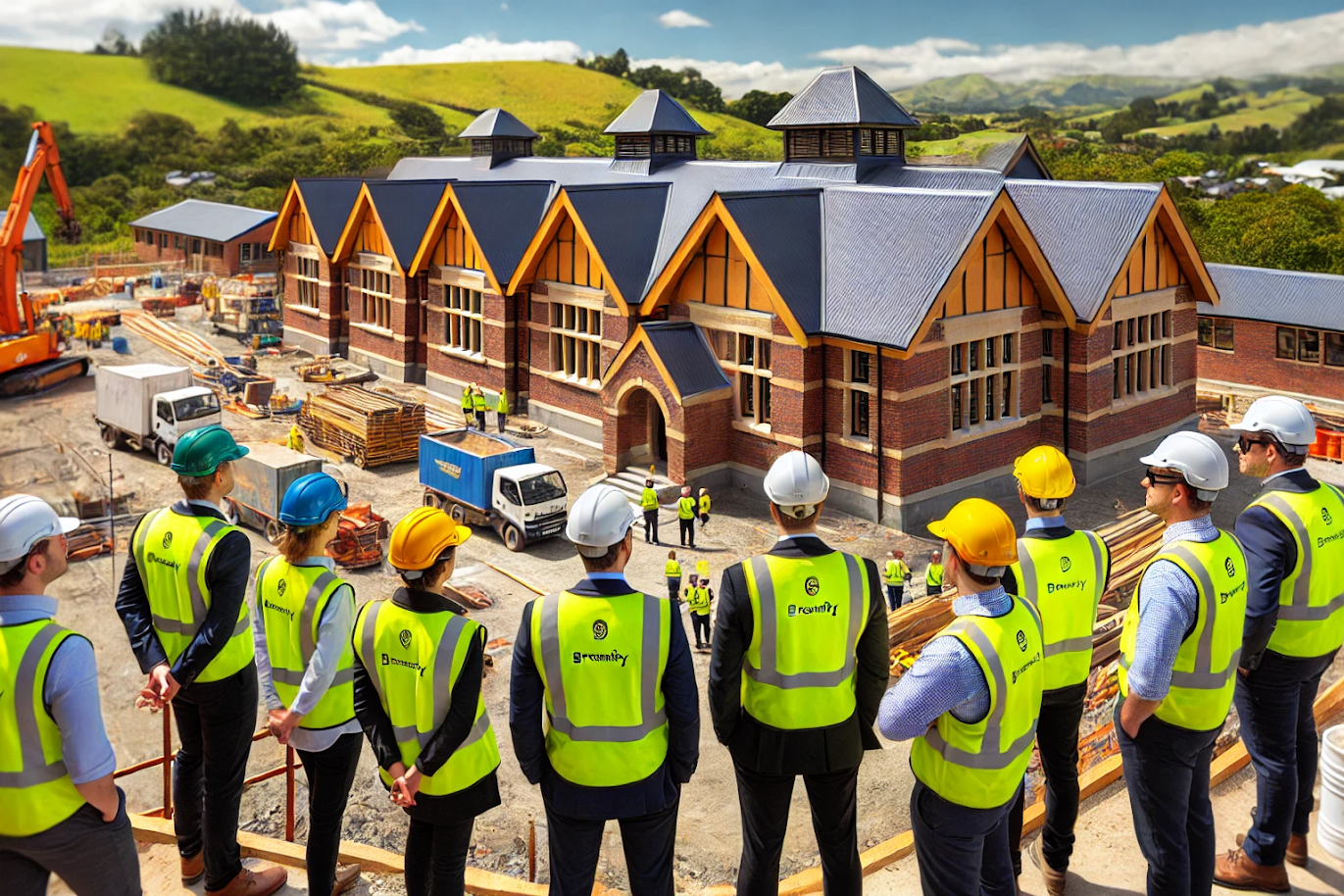The new 2020 Suspended Ceilings - Design and Installation Standard has been published. It’s a big step up from the 2000 edition with lots of additions to catch up on current industry practice, some additions or clarifications that will lead to minor industry changes to some builds, and some contentious areas that will be left for the industry to continue to argue about.
So for those of you who haven’t had a chance to read the 99 pages laying out the new standard yet, here’s a quick overview:
No surprises here
The following changes are to issues that the industry has mostly been aware of over the last few years, although some (like square stopping) were still causing issues, with different opinions and approaches being offered. It’s good to see more clarity here:
- Due to seismic design, we have new definitions for Back Braces, Importance Levels, Linear Slots and Seismic Clips.
- To allow for seismic and wind design, we have substantial revision of the design requirements, including:
- Consider the capacity of the primary structure (i.e. light weight purlin roof that has not been designed for interior seismic and wind loads).
- Ensure that services don’t compromise the ceiling in a seismic event.
- Design specifications to be verified by testing, and items like back braces and edge fixings to be detailed in construction drawings.
- More detail into the wind and earthquake actions, including a maximum allowance for interstory drift of 1.5% in Australia and 2.5% in New Zealand.
- A clarification around SLS damage in an earthquake, and clarifications that square set joints and cornices may need repairs after earthquakes (i.e. you CAN use square stopping within a seismic design and comply with the new ceilings standard, just expect it to crack in a design earthquake).
- Ductility is defined as 1.0 for connections (this affects the number of back braces required in a braced ceiling).
We have some interesting changes to the construction section of the standard:
- The standard requires coordination with services during construction
- The standard states that all services shall be installed before construction of ceilings commences.
- The design documents are required to show set-out dimensions and finished height.
- Fixings into concrete are clarified in Australia (AS 5216,) and NZ (NZS 3101).
- Fixings into steel can be shot fired, but only if approved on a site by site basis.
- Partitions are pulled into the ceilings standard, with a requirement that partitions be laterally braced if they have ceilings attached.
- There’s a requirement for clearances to services to be checked. In NZ this is to NZS 4219 clearances, in Australia to a minimum vertical clearance of 25 mm (the accompanying diagram shows 50 mm, which is a bit confusing. However, if there is a conflict like this in a standard, the written word takes precedence over the image).
A significant increase in the testing requirements for ceiling systems
The testing section has increased from one page to five, and from one standard (AS/NZS 4600) to 23 different standards from all across the world (AS, NZS, ASTM, EN and ISO). We’ve made a summary sheet here for those that need it.
Contentious areas that we’ll still argue about
The introduction to this standard is worth a read (that is not always the case). It addresses the misplaced expectations that owners or developers often have about the intent of design standards (life safety vs asset protection) and the need to discuss these expectations early on in the design process. If discussed early, the potential for low-damage design and a cost-benefit analysis can be considered. However, with interiors so often being a design/build contract well downstream in construction, this is difficult. We are starting to see a change here in the industry, with more and more concept engagement for seismic design, but it’s not there yet!
In a standard there are normative sections (stuff you have to do) and informative sections (stuff that you can read for context or best practice, but you don’t have to do). In this standard, for the first time some of the most common industry questions are addressed, but unfortunately they are addressed in the informative sections. For example:
- In Australia, does a building require a seismic design?
- Clause B2.2 states that unless your building is IL1 or less than 8.5 m tall, the answer is a straightforward yes.
- Do you need an engineer to complete a seismic design?
- Clause B.12.2.1 and B.12.2.2 states that you need a registered or qualified engineer for cyclonic wind zones, complex projects, all IL4 projects and it recommends an engineered design for the egress paths of IL2 and IL3 buildings.
- Do you need an engineer independent of the ceiling system manufacturer?
- Clause B.12.2.1 states that for New Zealand the engineer should be independent for IL2 and IL3 buildings, and must be independent of both the manufacturer and contractor for IL4 buildings. The standard doesn’t comment on independence for the Australian industry.
It’d be great to see these sections move from informative to normative in the next revision of the standard, however for now we’ll continue to develop best industry practices. If you have any questions on how the new standard affects your projects, products or services, feel free to get in touch for an in-depth discussion.
Fall Arrest Systems: How Fall Protection Compliance Differs Between Australia and New Zealand
While both Australia and New Zealand adhere to similar fall protection standards, their approaches to enforcement and…
Rethinking Seismic Anchors: A Smarter Approach for Interiors Engineering
Explore how Brevity is leading a smarter approach to seismic anchors in interiors engineering—balancing compliance,…
Navigating Interiors Engineering Challenges in New Zealand’s Education Sector: Key Considerations for Architects
Designing interiors for educational facilities in New Zealand requires a precise balance between safety, functionality,…


